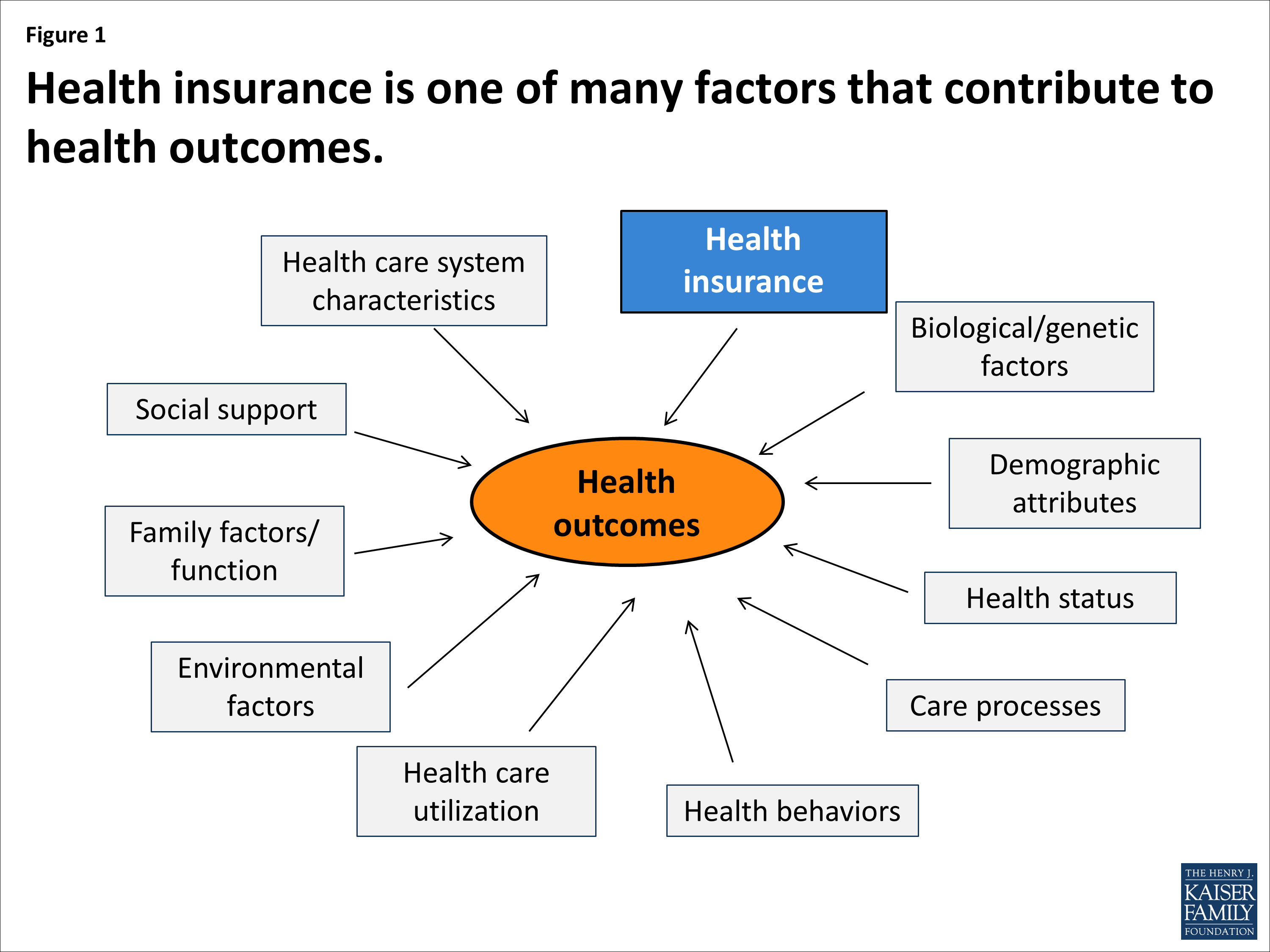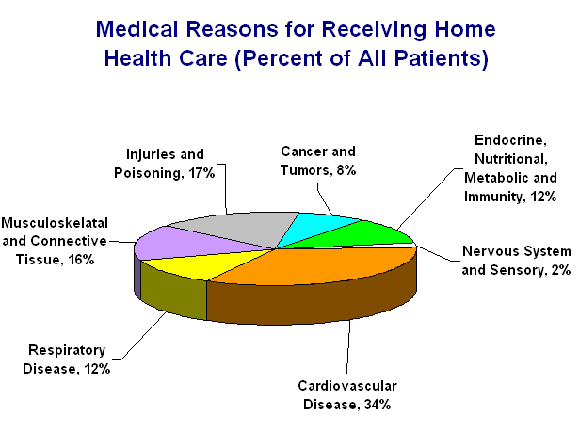The Best Guide To What Purpose Does A Community Health Center Serve In Preventive And Primary Care S
Universal health coverage indicates that all individuals have access to the health services they require, when and where they need them, without financial difficulty. It consists of the full series of important health services, from health promotion to prevention, treatment, rehabilitation, and palliative care. Presently, at least half of the people on the planet do not receive the health services they require.
This need to change. To make health for all a reality, we need: people and communities who have access to high quality health services so that they take care of their own health and the health of their households; experienced health employees supplying quality, people-centred care; and policy-makers dedicated to purchasing universal health protection.
Health systems are rooted in the communities they serve. They focus not just on preventing and treating illness and health problem, however likewise on helping to improve well-being and lifestyle. what purpose does a community health center serve in preventive and primary care services?.

Universal healthcare is a system that supplies quality medical services to all people. The federal government provides it to everybody no matter their capability to pay. The sheer expense of offering quality health care makes universal health care a big cost for federal governments. Many universal healthcare is moneyed by general income taxes or payroll taxes.
But its health delivery system does have specific elements, such as Medicare, Medicaid, and the Department of Veterans Affairs, that supply universal healthcare to particular populations. Lowers total healthcare expenses: The federal government controls the rates through settlement and regulation. Lowers administrative costs: Medical professionals only handle one government agency.
physicians spend 4 times as much as Canadians dealing with insurance business. Forces medical facilities and physicians to provide the exact same standard of service at a low cost: In a competitive environment like the United States, health care companies should likewise concentrate on revenue. They do this by providing the newest innovation.
Not known Facts About How Has Obamacare ameblo.jp/jasperruyy871/entry-12657501353.html Affected Health Care Costs
They attempt to compete by targeting the rich. Creates a much healthier workforce: Research studies show that preventive care minimizes the requirement for costly emergency clinic usage. Without access to preventive care, 46% of emergency clinic clients went since they had no other place to go. They utilized the emergency space as their medical care doctor.
Early youth care avoids future social expenses: These include crime, well-being reliance, and health issues. Health education teaches households how to make healthy way of life options, avoiding persistent diseases. Governments can impose policies and taxes to guide the population toward healthier choices: Regulations make unhealthy choices, such as drugs, unlawful. Sin taxes, such as those on cigarettes and alcohol, make them more pricey.
The sickest 5% of the population produce 50% of total health care expenses, while the healthiest 50% just develop 3% of costs. Individuals have less monetary reward to stay healthy: Without a copay, individuals might overuse emergency situation rooms and doctors. There are long wait times for elective treatments: The government focuses on supplying standard and emergency health care.
Healthcare expenses. For example, some Canadian provinces spend almost 40% of their budgets on health care. with a low probability of success. This consists of drugs for unusual conditions and expensive end-of-life care. In the United States, take care of patients in the last 6 years of life comprises one-fourth of the Medicare budget plan.
Standardizes service. Creates a much healthier labor force. Prevents future social costs. Guides people to make healthier choices. Downsides Healthy people pay for the sickest. Individuals have less financial incentive to Find more information remain healthy. Long haul times. Medical professionals might cut care to lower expenses. Health care costs overwhelm federal government budgets. The federal government might restrict services that have a low possibility of success There are 3 universal healthcare designs.
Countries typically integrate universal health coverage with other systems to introduce competition. These options can decrease costs, broaden choice, or improve care. People can also go with better services with extra personal insurance coverage. The United States uses various designs for populations such as the elderly, veterans, and low-income individuals. In a single-payer system, the federal government provides totally free healthcare spent for with profits from income taxes.
3 Easy Facts About Which Of These Is The Definition Of Palliative Care According To The World Health Organization? Described
Every resident has the very same access to care. This is called the Beveridge Design. When governments provide health care, they work to make sure medical professionals and healthcare facilities supply quality care at a reasonable cost. They need to gather and examine information. They can likewise use their acquiring power to affect healthcare service providers.
Other countries include Spain, New Zealand, and Cuba. The United States provides it to veterans and military personnel with the Department of Veterans Affairs and the militaries. Countries that utilize a social medical insurance model needs everybody to purchase insurance coverage, generally through their employers. The taxes enter into a government-run medical insurance fund that covers everybody.
The federal government controls health insurance prices. It likewise has a lot of influence to manage the private-providers' rates. Germany developed this system. France, Belgium, the Netherlands, Japan and Switzerland likewise use it. The U.S. Obamacare system likewise needs insurance coverage, however there are lots of exemptions. It is likewise comparable in that it supplies aids to health insurance coverage business for low-income enrollees.
Every citizen pays into the nationwide insurance coverage plan. Administrative costs are lower because there is one insurer. The federal government has a great deal of take advantage of to force medical expenses down. Canada, Taiwan, and South Korea use this design. The U.S. Medicare, Medicaid, and TRICARE systems also utilize this model Australia has a mixed health strategy.
Everyone receives protection. Individuals must pay deductibles prior to government payments kick in. Many locals want to pay for additional private health insurance coverage to receive a higher quality of care. Government guidelines secure seniors, the poor, children, and rural citizens. In 2018, healthcare expense 9. 3% of Australia's gdp.
The per capita expense was US$ 5,005, about average for developed nations. There were 42. 6% of patients who reported a wait time of more than four weeks to see an expert. Australia had one of the best baby death rates of the compared nations at 3. 1%. Canada has a national health insurance coverage system.

Facts About Why Did Democrats Block Veterans Health Care Bill Uncovered
Private supplemental insurance pays for vision, oral care, and prescription drugs. Extra resources Medical facilities are openly moneyed. They provide free care to all homeowners regardless of their ability to pay. The government keeps health centers on a fixed budget plan to manage costs, but reimburses medical professionals at a fee-for-service rate. In 2018, health care cost 10.
The expense per person was US$ 4,974. A tremendous 62. 8% of clients waited more than four weeks to see a specialist. The infant mortality rate was 4. 3%, amongst the nations compared. France has a social health insurance system that offers care to all legal residents. That includes hospitals, medical professionals, drugs, and some oral and vision care.
Of that, payroll taxes fund 64%, earnings taxes pay for 16%, and 12% is from tobacco and alcohol taxes. In 2018, health care expense 11. 2% of GDP. That was US$ 4,965 per person. Half of all patients reported a wait time of more than 4 weeks to see a specialist.
